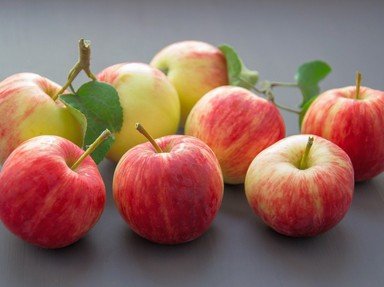
Rock, Country, or Metal? Trivia Quiz
No, this isn't a music quiz, as much as I might like it to be. Rather, can you sort these names into their various types... a kind of rock, the name of a country, and a variety of metal? Good luck!
A classification quiz
by reedy.
Estimated time: 3 mins.